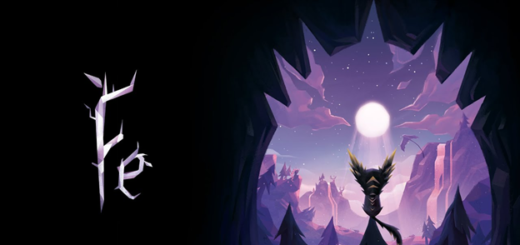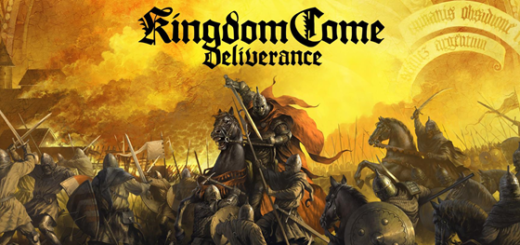DISHONORED: DEATH OF THE OUTSIDER Review
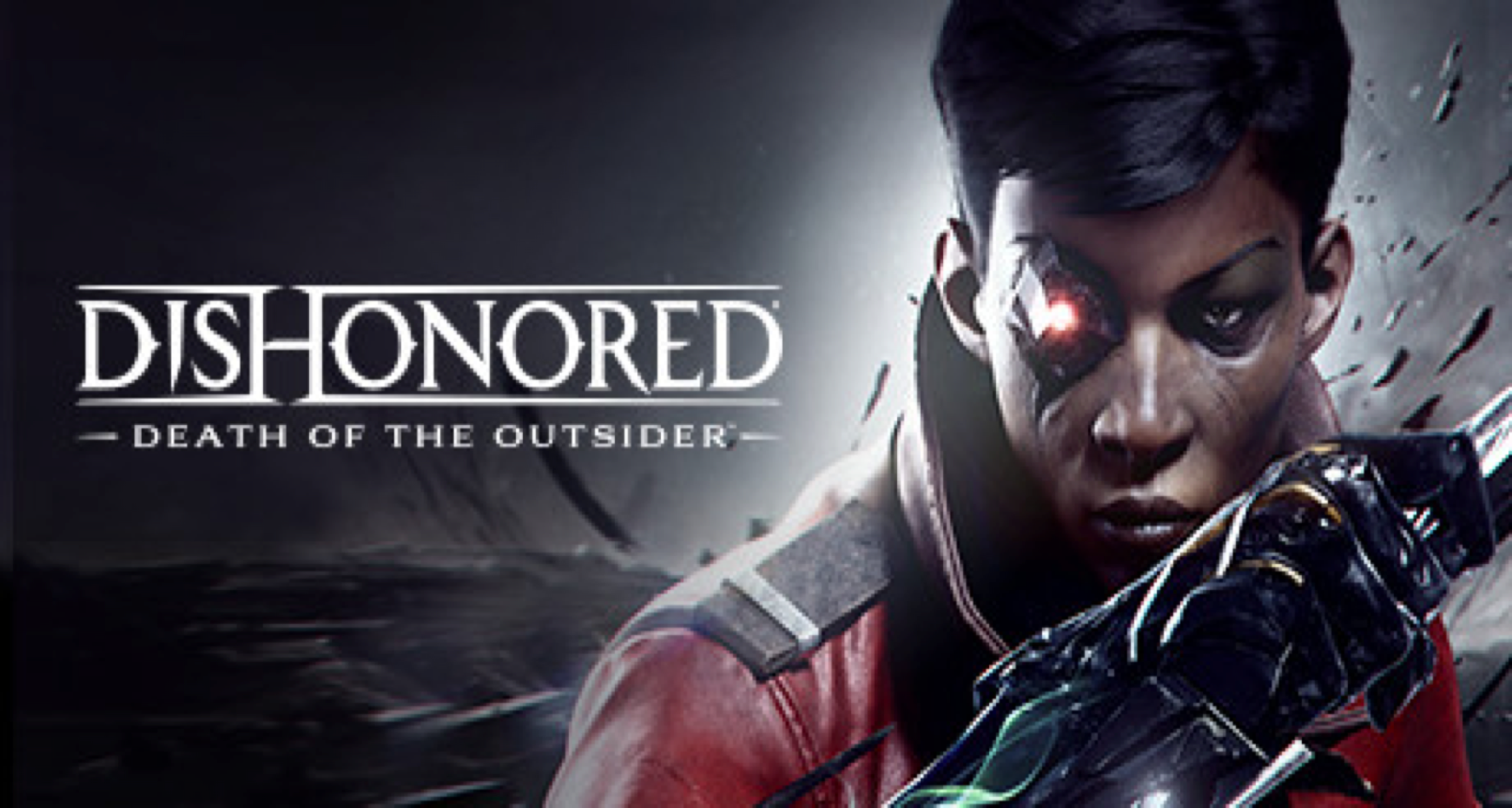
I’m just going to say this upfront: DISHONORED: DEATH OF THE OUTSIDER is pretty underwhelming. That’s not something I say lightly, mind you; the first-person sneaker series created by Arkane Studios is one my favorites in recent memory. The Dishonored franchise combines the appeal of stealth gameplay and a deeply interactive environment with an oil-paint-aesthetic and dynamic world-building that somehow manages to blend dark fantasy and magic with steampunk to oddly electrifying results (call it “whalepunk”). It’s all my favorite things in one neat package. And DISHONORED 2, despite its cut-and-pasted premise from the first game, proved to be just as good as the first installment, if not better due to the sheer number of options it presented the player with.
DEATH OF THE OUTSIDER is by no means terrible. My main gripe with it basically boils down to the game feeling like Dishonored-Lite, which, to be fair, is more the fault of the marketing department at Bethesda than anything else. The now standalone pseudo-sequel was originally slated as story-related DLC for DISHONORED 2, like the original DISHONORED had with its “The Knife of Dunwall” and “The Brigmore Witches” expansions, which would account for its shorter campaign and streamlined gameplay. But as a whole, DEATH OF THE OUTSIDER feels weaker because of that, stripping down the games to their basest elements and adding just enough to keep it good, but not great.
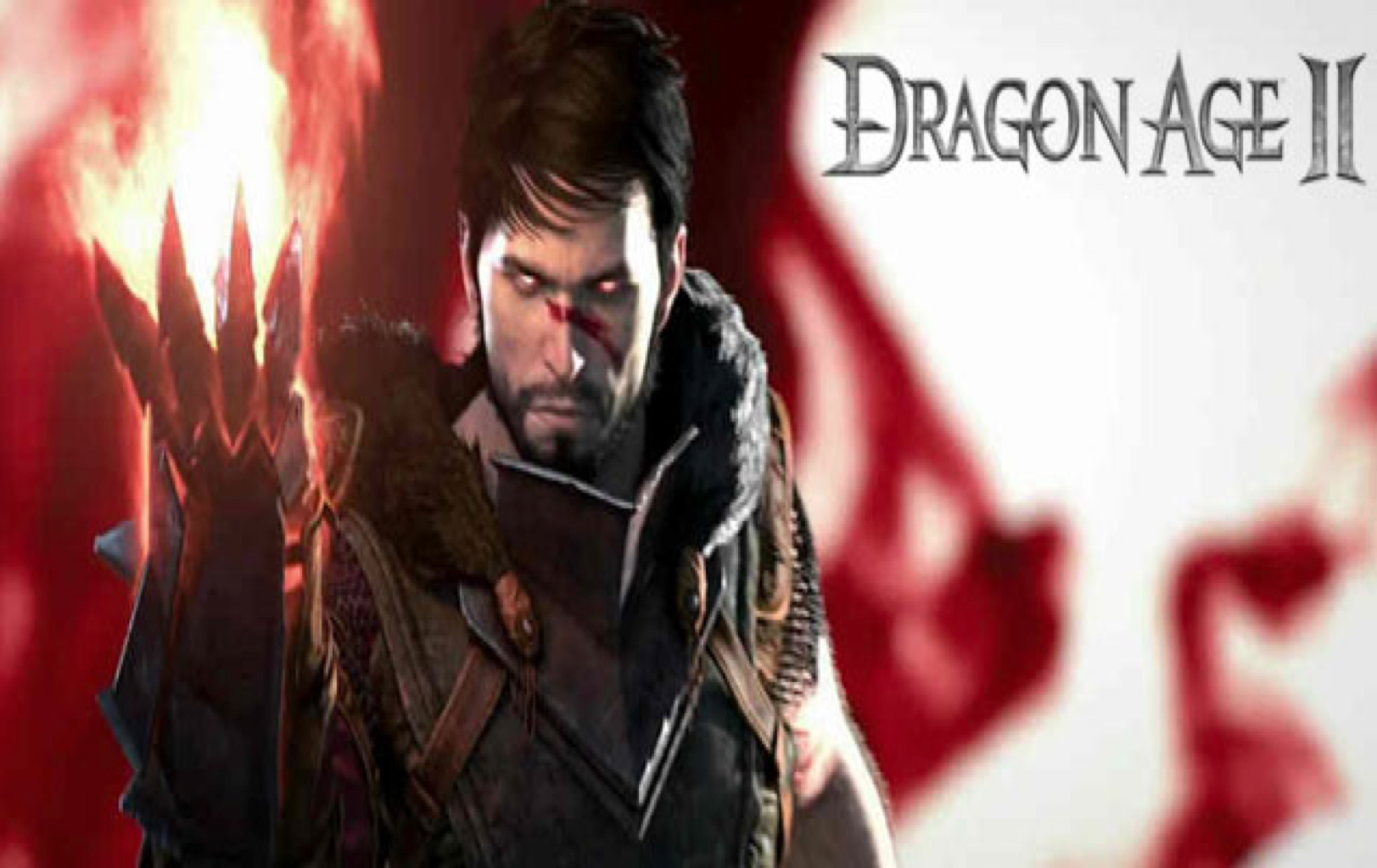
Like another game I know. *Loud, woeful sigh*
DEATH OF THE OUTSIDER’s story takes place mere months after the events of DISHONORED 2, placing you in the shoes of your ally from that game. Your mentor administers you the task of killing The Outsider, a mysterious, god-like entity that is central to the Dishonored universe’s dark magic, and who was responsible for bestowing the previous heroes and villains of the series with their powers. It is then up to you to venture out in search of a way to destroy him, slinking through the shadows and stealthing your way to accomplishing your lofty god-slaying goals.
The story does at least shift from the blatant plot beat recycling issue DISHONORED 2 had (which, depending on who you ask, might not be saying much), and the world-building that the series is superb at is only added upon as you finally get to learn more about the eponymous, enigmatic entity you are tasked with taking down. That being said, the story is significantly shorter than previous entries (which were already fairly short by AAA game standards), and is pretty drab at that. Likewise, the ending(s) in particular feel especially cheap and inconsequential for what might effectively be the end of the Dishonored franchise (given the epilogue), something that, as a fan, frustrates me to no end. And while it’s arguable that DISHONORED and its sequel did have similar issues regarding their endings, they were ultimately orchestrated in such a way that felt like the journey you partook in and your decisions held relevance for the characters. Here, the conclusion feels unnatural and ultimately unfulfilling.
What makes it worse is that very little changes based on how lethal or nonlethal you are in your endeavors, which was part of the appeal of Dishonored. This applies to the general gameplay and the ending, which may make people wonder why they should bother with the nonlethal route at all. In previous installments, the world would change based around your decisions to be stealthy or how lethal your actions were. Your actions had repercussions; a higher body count led to the spread of plague in future chapters and resulted in a more destructive ending, and more conspicuous actions would increase the severity of the martial law. A nonlethal approach made the game harder, but also rewarded the player with a richer experience and a more satisfying finale for your efforts. This even held true for the DLC! Here, things remain fairly static regardless of whether you’re violent or taking a more merciful route; there’s no real incentive in taking the no-kill challenge, especially when the deadlier gadgets are so fun to use.
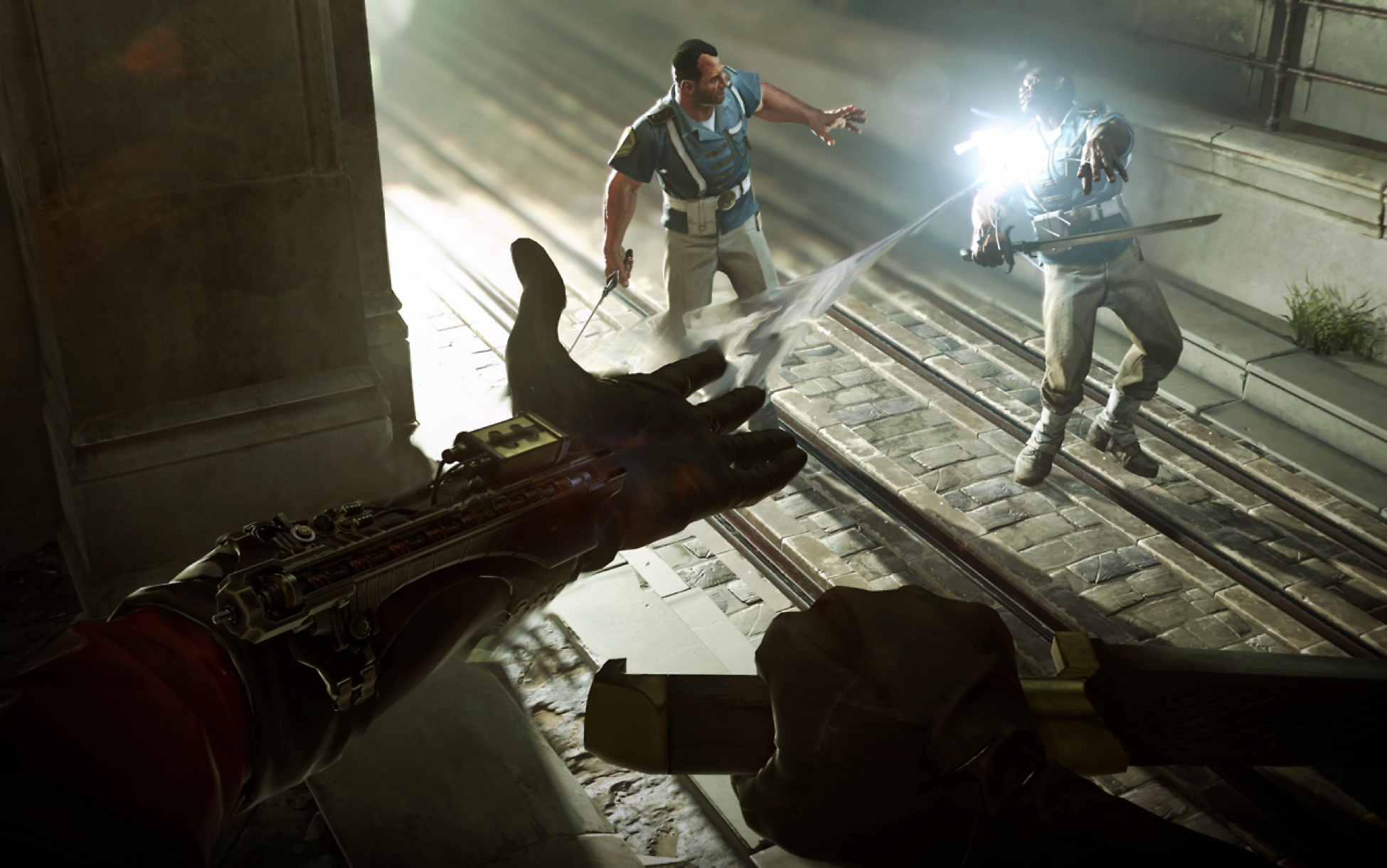
I mean, tasing people is fun and all, but . . .
Annoyed-fanboy response to narrative decisions aside, how does the actual gameplay hold up? The basics of Dishonored’s stealth combat remain intact, but condensed. Locations still offer multiple paths across, above, and within the Southern European-inspired city of Karnaca, letting you traverse in ways only limited by your imagination. One structural change DEATH OF THE OUTSIDER makes is rather than having a slew of magical upgrades to choose from and fiddle with to suit your playstyle, you just get three powers right off the bat with no real “upgrading,” which kind of takes away some of that character-building aspect of the first two. The compensation for the lack of powers this time around is more gadgets and miscellaneous items in the world to use against your foes, but to be completely honest, there isn’t much that is noteworthy aside from the new non-lethal grenade, or bottles of distilled plague rat liquor that make people vomit if thrown at them. Both of which I found hilarious to lob at random passersby.
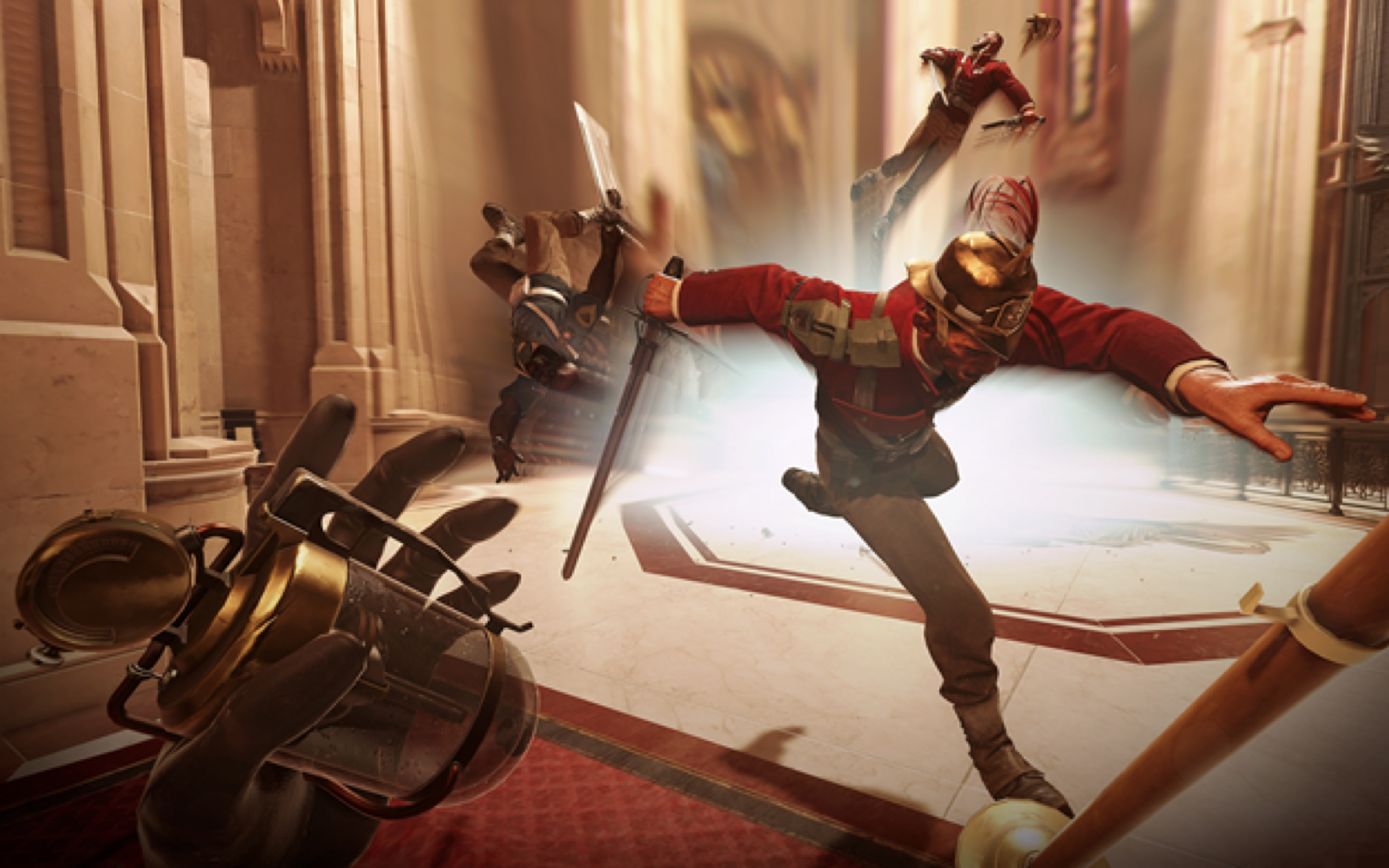
I truly am the stealthiest of assassins
One piece of praise I can grant this installment is the addition of optional contracts the player can take while they tend to the main story missions. As there aren’t any real big, bad targets for assassination besides the eponymous Outsider, the player is given the opportunity to take on some smaller-scale activities outside of the proper side-missions for a substantial amount of coin at the end of the chapter mission. These contracts range from challenges like murdering a cult leader and pinning it on an associate, to more silly escapades like killing a mime because a man finds him creepy and framing it as a suicide. All in all, these are fun little distractions that I would hope stay on in future titles. However, I would hope that unlike here, these contracts do not come at the expense of what defines the series: the assassinations (well, important ones, anyway).
There are also other added features here and there for the meta-gamer that add something extra to the game, such as being able to customize the difficulty of your game beyond the standard Easy, Medium, Hard, and Veteran. You can modify how attentive enemies are, the sound footfalls and objects make, and much more, which is a feature DISHONORED has desperately been needing since its first iteration. Likewise, though small and ultimately inconsequential, an “Original Game Plus” mode is added upon completing the campaign, allowing the player to switch out her powers with three from the previous game’s protagonists (a feature which could have been implemented MUCH better than it was).
I feel conflicted about DEATH OF THE OUTSIDER. On one hand, it’s more Dishonored. On the other, it’s essentially just a lighter version of what I liked about the first two games and, hell, is even a step down from the first game’s expansions. If anything, it should have stayed as DLC rather than have Bethesda try to pass it off as a “full release.” Realistically, this is a game that I can only see fans of Dishonored enjoying, and even then not to the the extent of the previous games. To everyone else, I’d say just say save your money. Or, you know, just play the original.
Verdict: Do Not Recommend
Reviewed on PC, also available on PlayStation 4 and Xbox One


